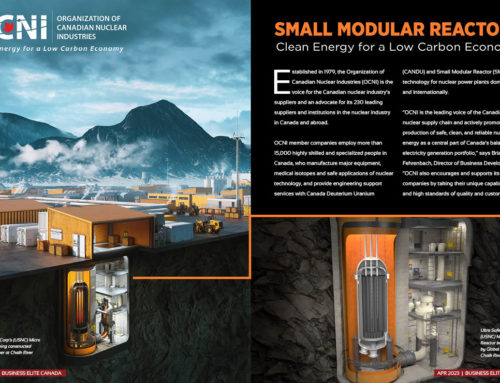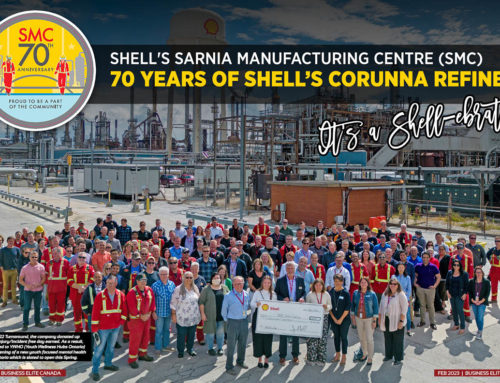History of Giant Mine
Gold was first discovered by prospectors in the Yellowknife area in 1896 in the rush of the Klondike Gold Rush. It wasn’t until the arrival of bush planes that the area became accessible and mining started, precipitating a gold rush that went unabated except for during the years of WWII—the longest continuous gold mining operations in Canadian mining history.
Giant Mine has also formed a legacy of contamination. Giant Mine was in full operation for about 50 years. Gold at Giant Mine was found in specific minerals called arsenopyrite ore. To release the gold, the ore had to be roasted at extremely high temperatures. Unfortunately, this roasting process also released arsenic rich gas, a highly toxic by-product.
During its operation, the mine produced 237,000 tonnes of arsenic trioxide waste.
Flash forward to the 1990s. After the mine changed ownership through the years, Royal Oak Resources Ltd. purchased the mine to become its final private owner. When Royal Oak went into receivership in 1999, the issue of the contamination needed to be addressed.
The courts transferred Giant Mine to the Government of Canada, represented by Indigenous and Northern Affairs. The Canadian Government struck an agreement with a Miramar Mining, selling Miramar the mine’s assets, ensuring employment continued at the site which would be captained by an experienced operator. Miramar Giant Mine Ltd. ended its obligations under the Reclamation Security Agreement in 2005. At that time, Giant Mine officially became an abandoned mine site.
Today, Indigenous and Northern Affairs Canada—now known as Crown-Indigenous Relations and Northern Affairs Canada—are the stewards of the site and are taking control of the contamination on the site, righting decades of industrial wrongs.
A New Beginning
It is a lengthy timeline to tackle a project of this magnitude. It took about seven years to develop a safe and viable remediation plan, and then seven more to for the Governments to complete the 26 measures as outlined in the Environmental Assessment before remediation could commence in 2021. The project is scheduled to be completed by 2038.
“We are happy to have started the remediation process in this 2021 fiscal year,” says Natalie Plato, Deputy Director at Giant Mine Remediation Project. Remediation of Giant will increase exponentially in the upcoming months and year, eventually creating hundreds of jobs in the city.
Managing a contaminated site goes beyond removing harmful substances. It often involves citizens with concerns about the health and safety of their families and communities. Meaningful public involvement fosters trust and support for decisions. It also helps improve decision-making by incorporating local advice and knowledge into plans and designs.
“Engagement is an important and valued part of the Giant Mine remediation process,” says Plato. “There are six signatories on this project (being Yellowknives Dene First Nation, North Slave Métis Alliance, Government of Northwest Territories, City of Yellowknife, and Alternatives North). We have been working very closely with our business partners during the entirety of the project. We have also committed to provide funding for three full-time positions, as well economic contributions to the communities in the forms of scholarships. This partnership will ensure First Nations participate in upcoming project milestones to maximize socio-economic benefits for their communities.”
Current Progress
If you were to visit the Giant Mine site today, you would find freeze pads, the foundation of the remediation technology.
“We know this project has 237,000 tonnes of arsenic contained in underground chambers. The current and best solution is installing thermosyphons to extract the heat from the ground, and freezing the arsenic trioxide,” says Plato.
Freeze pads are required to install the thermosyphons to freeze the arsenic trioxide in place. To begin construction, the project needs to first flatten the area, which is done by blasting.
Success
What is the benchmark for success? “Reducing our footprint, having an efficient water treatment plan for very clean water, and having as much land around the site is back open for future use,” says Plato.
“I think everyone’s happy that we’re now in the remediation process,” says Plato. “It’s been a long road starting in 2007. I think the local community is quite happy with the progression of the project and the inclusion of the stakeholders, including the social and economic opportunities and how the project is planning to encourage local Indigenous businesses.”
www.rcaanc-cirnac.gc.ca






